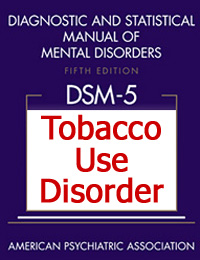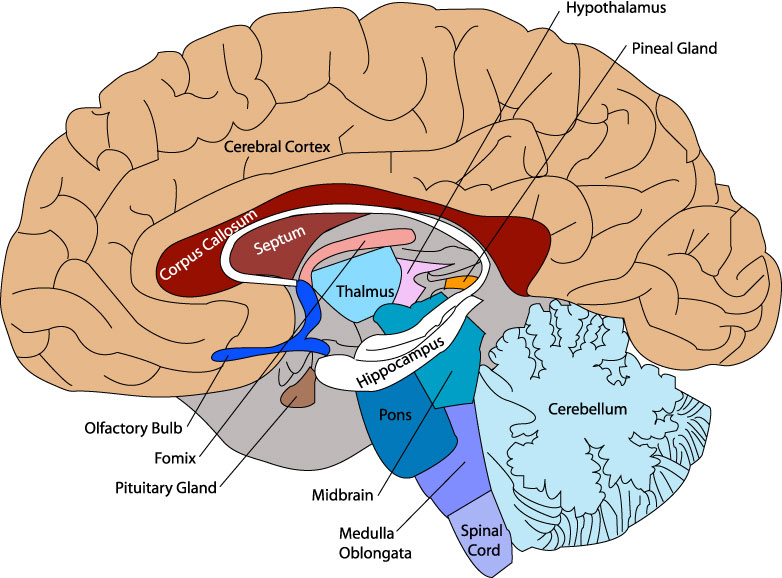While there’s been a steady decrease of cigarette use in the United States for the last ten years, it is still the leading cause of preventable death in the country. More than 400,000 people die each year from smoking-related disease. Twenty-eight states have enacted smoking bans in public places, but there are loopholes within those anti-smoking laws and people are still being exposed to secondhand smoke as a result.
The Centers For Disease Control and Prevention estimates that nearly 42 million Americans smoke cigarettes. 16 million people in this country suffer from diseases caused by smoking, and the American Lung Association attributes 3,400 lung cancer deaths annually to secondhand smoke.
Nicotine falls into the stimulant class of drugs. It occurs naturally in the nightshade family of plants, such as tobacco. In fact, nicotine is the tobacco plant’s organic protection from insects. It is such a powerful toxin that the agricultural industry once used it as an insecticide.
Like other addictive stimulants, such as cocaine, methamphetamine or even caffeine, nicotine absorbs into the blood stream, causing the brain to release a host of chemicals, most notably dopamine. These dopamine neurotransmitters control areas of the brain related to reward motivated behavior, pleasure and mood alteration.
The American Psychiatric Association (APA) published the fifth edition of its Diagnostic and Statistical Manual of Mental Disorders (DSM-5) in May 2013. The DSM-5 includes the updated Tobacco Use Disorder. The manual defines this condition as a problematic pattern of tobacco use leading to clinically significant impairment or distress.
At least two of the following symptoms must be present in the past twelve months for a diagnosis of tobacco use disorder:
- Tobacco is used in larger amounts and over a longer period than intended
- A desire or unsuccessful efforts to control use or to cut back
- Cravings or strong urge to use tobacco
- A great deal of time is spent in activities to get or to use tobacco
- Continued tobacco use despite social or interpersonal problems due to usage, such as arguments with others related to tobacco use
- Social, occupational or recreational hobbies are given up or reduced because of tobacco use
- Continued use in physically dangerous situations, such as smoking in bed
- Continued use despite physical or psychological problems that are likely to be exacerbated by tobacco
- Tolerance, and an increased need for tobacco
An addiction to nicotine shares many of the same chemical properties in the brain as an addiction to heroin or cocaine. It is generally one of the hardest addictions to break because of the difficulty of withdrawal, both physically and psychologically.
What are the Symptoms of Nicotine Withdrawal?
 The DSM-5 lists the following symptoms for withdrawal, which can appear within 24 hours after last tobacco use:
The DSM-5 lists the following symptoms for withdrawal, which can appear within 24 hours after last tobacco use:
- Irritability, frustration and anger
- Anxiety
- Difficulty concentrating
- Increased appetite
- Insomnia
- Restlessness
- Depressed mood
Studies have shown that the nicotine content in America-brand cigarettes has steadily risen over the years, averaging an almost 2 percent increase per year between 1998 and 2005. A typical smoker will absorb about 1 milligram of nicotine from a single cigarette. Smoking tobacco cigarettes is so deadly that it kills more people per year than all other drugs combined.
The Emphysema photo above is a public service message from the California Department of Health Care Services and was posted in school classrooms around the state to help prevent smoking.





